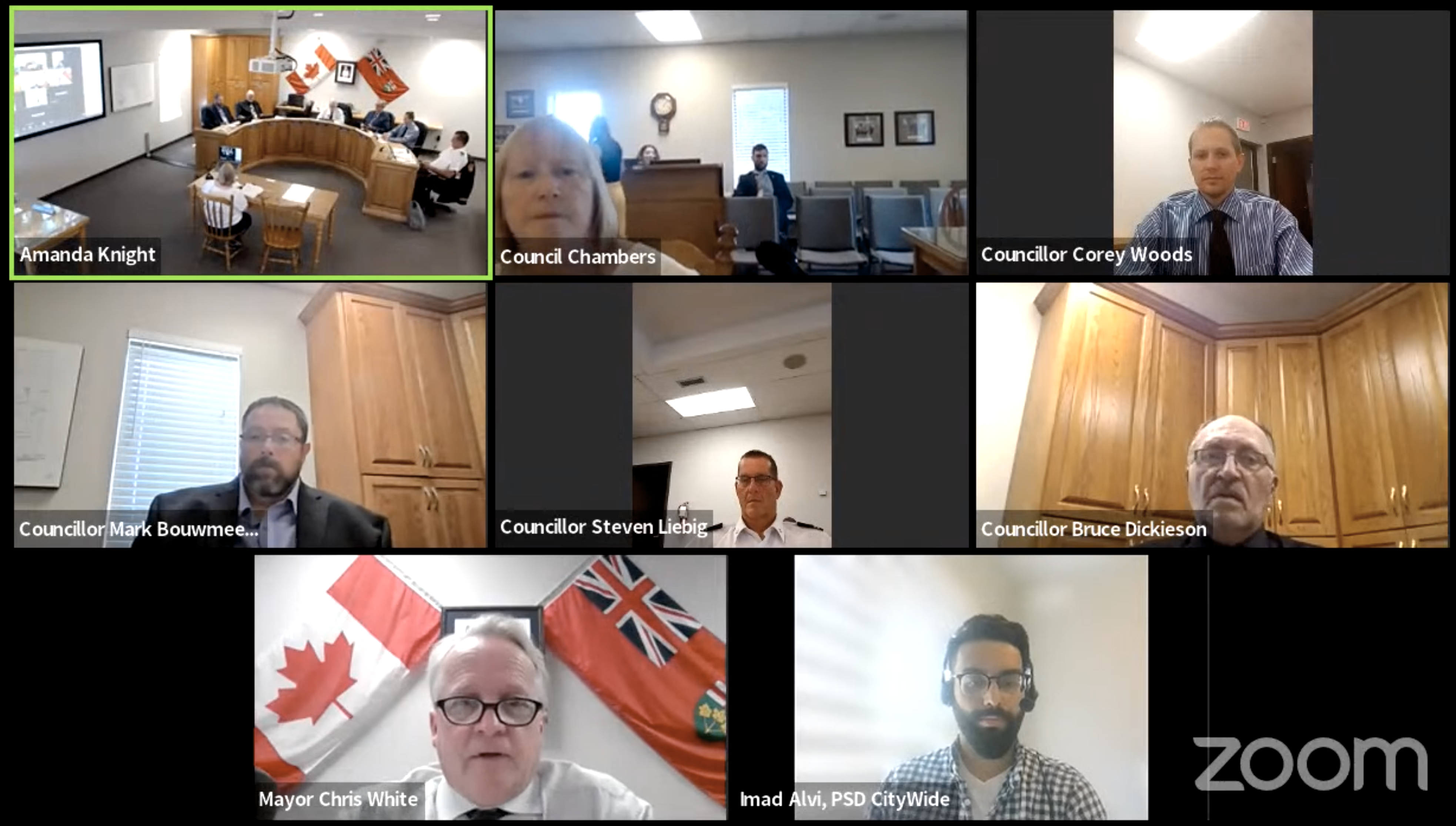GUELPH/ERAMOSA – Council here has approved the township’s 2022 asset management plan.
Director of finance Linda Cheyne and PSC CityWide asset management specialist Imad Alvi presented the plan to council on Sept. 6.
Council received and approved the 2022 plan, subsequently directing staff to provide the ten-year capital plans to the next council for its consideration as part of the 2023 budget process.
The plan addresses a way to manage the township’s assets, which total over $263 million.
That includes $42.84 million in stormwater assets, $37.98 million in bridges and culverts, $79.84 million in roads – all of which are tax funded – and $51.10 million in water and $52.10 million in wastewater assets, which are funded from fees.
The report to council states the plan data and corresponding software “will be instrumental in the preparation of future budget information and a useful tool to ensure continued infrastructure renewal and sustainability.”
The township’s last asset management plan was completed in 2013 and the development of a 2022 asset management plan puts the township in compliance with new legislation.
“[The province] brought in new regulations to make sure municipalities kept track of what they had, where it was, what they were doing with it and when they’d have to replace it,” Cheyne explained.
“This isn’t new, this is just building on what we have already.”
Under the new legislation, everything revolves around the asset management plan, including levels of service, managing growth, managing risk, how to fund maintenance and repairs, and annual operating and capital budgets.
Additional requirements concerning non-core asset categories, proposed levels of service, and growth must be met by 2024 and 2025.
The plan presented to council on Sept. 6 shows that while 88 per cent of township assets are in fair or better condition, 54% are over 25 years old and 11% will need to be replaced within 10 years.
“It’s not just about the capital to replace an asset, it’s also about the money it takes to maintain it and doing the right thing at the right time,” Cheyne told council.
There are three phases, Cheyne explained, the first one being the asset management plan for core assets.
“There is phase two which brings in an asset management plan for all of the assets,” she added.
“So it’ll include everything in parks and rec and all of our buildings and anything else that is in there.
“And then phase three requires council to set the levels of services that they want to see, and prepare financial strategies, and lifecycle management strategies for all the assets so that kind of ties everything together.”
Of the assets analyzed, assessed condition data was available for 41%.
For the remaining 59%, assessed condition data was not available and asset age was used to approximate condition – a data gap that persists in most municipalities, the report explained.
To meet capital replacement and rehabilitation needs for existing infrastructure, to prevent infrastructure backlogs, and to achieve long-term sustainability, the township’s average annual capital requirement should be $6.2 million.
“At the end of the day it’s going to come to money, putting the money in the right place and how much you can acquire,” Mayor Chris White said.
“The money required to actually get to where you really need to be is always very difficult, but at least with a plan you can spend your money wisely.”
Council approved the asset management plan, but it will be up to the next council to determine at budget time how it is funded.




